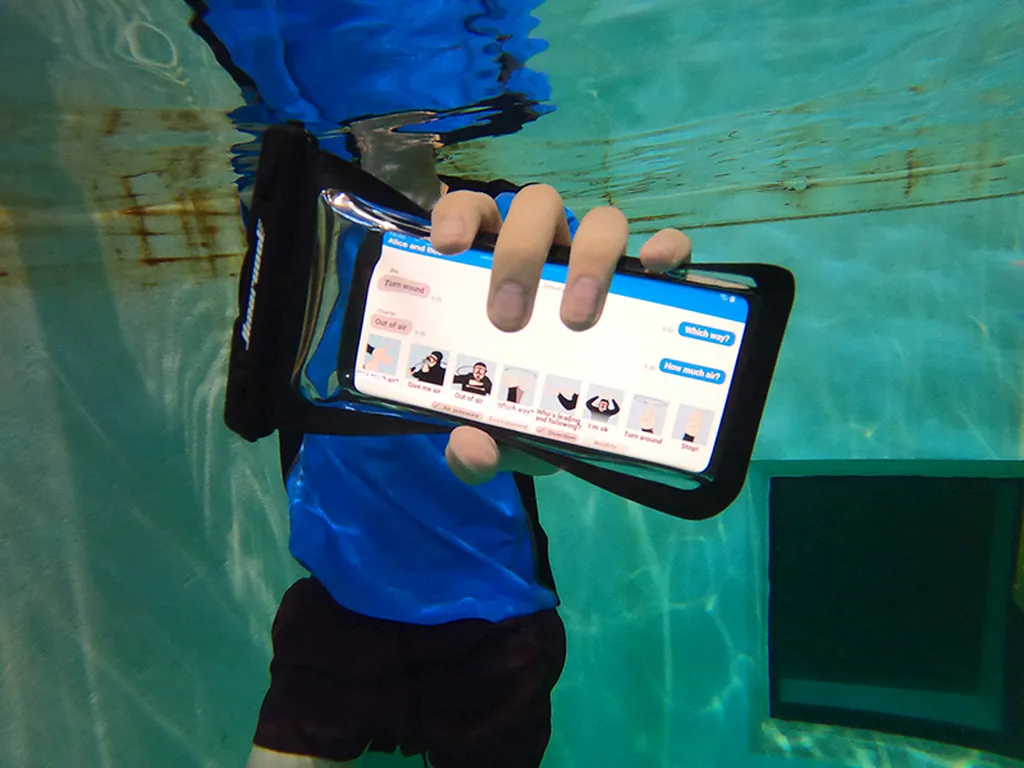Researchers at the University of Washington have made a groundbreaking advancement in underwater communication technology. Tuochao Chen, Justin Chan, and Shyamnath Gollakota have developed a software-only solution that enables underwater messaging capabilities for existing mobile devices, such as smartphones and smartwatches. This innovation eliminates the need for custom hardware, making underwater communication more accessible and scalable.
The team’s system leverages the audio sensors—microphones and speakers—already present in modern mobile devices. This approach allows for acoustic underwater communication without requiring additional hardware. The software adapts in real-time to various conditions, including differences in frequency responses across devices, changes in multipath and noise levels at different locations, and dynamic channel changes due to mobility. This adaptability ensures reliable communication even in challenging underwater environments.
The researchers evaluated their system in six different real-world underwater settings, with depths ranging from 2 to 15 meters. These environments included areas with boats, ships, and people fishing and kayaking. The results demonstrated that the system could adapt its frequency band in real-time, achieving bit rates of 100 bps to 1.8 kbps and a range of 30 meters. By reducing the bit rate to 10-20 bps, the system could extend its range to 100 meters.
This innovation has significant implications for the marine sector. Divers, marine researchers, and underwater explorers could benefit from the ability to communicate using their existing mobile devices. The software-only solution makes it easier to deploy underwater communication capabilities without the need for specialized equipment. This could enhance safety, coordination, and data collection in various underwater activities.
The project’s open-source code and data, available on the project page, further promote accessibility and encourage further development in this field. As smartphones and smartwatches become increasingly prevalent in underwater scenarios, this software-based approach has the potential to make underwater messaging widely available to anyone with a mobile device. This advancement could revolutionize underwater communication, making it more efficient, cost-effective, and accessible. Read the original research paper here.

